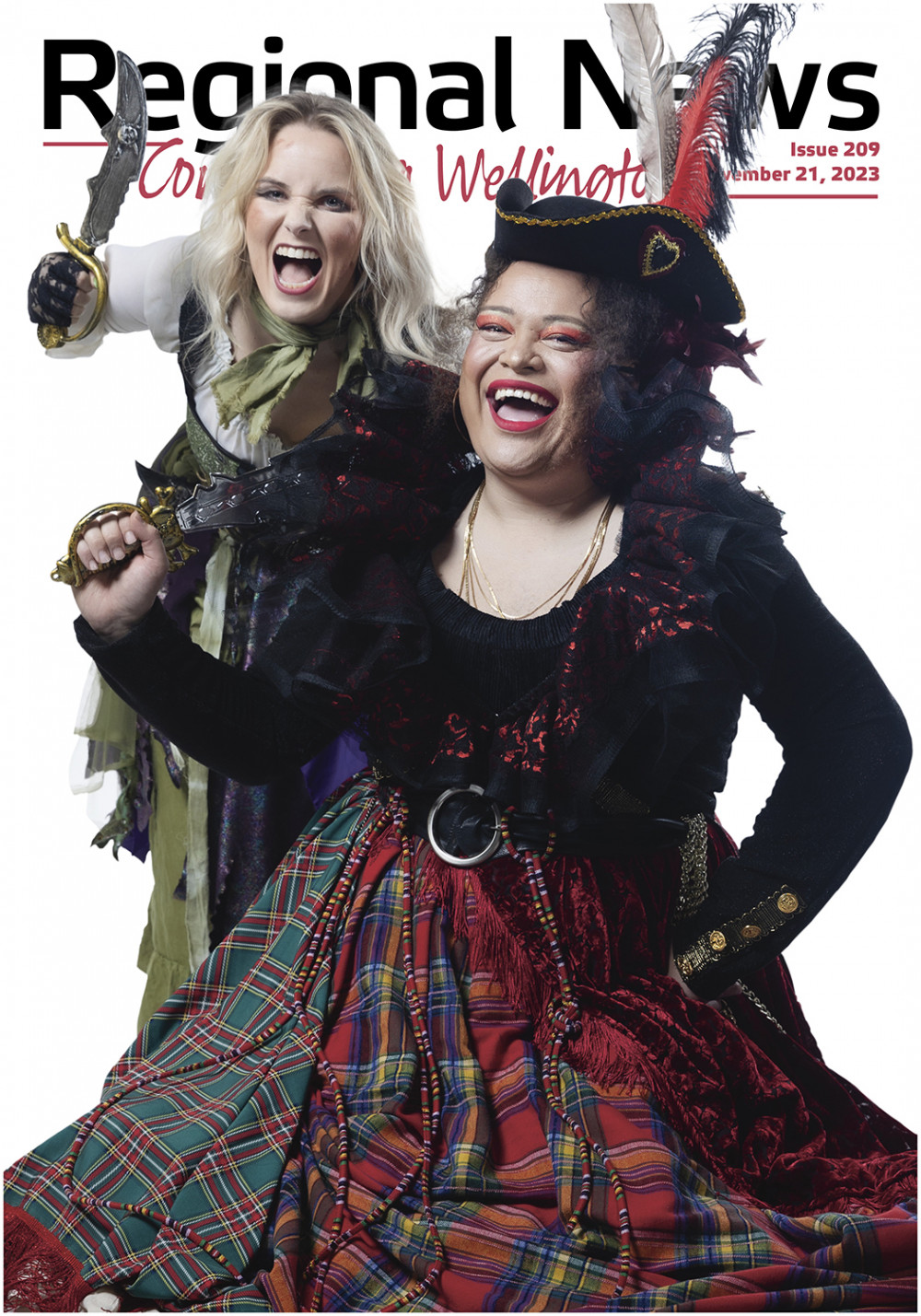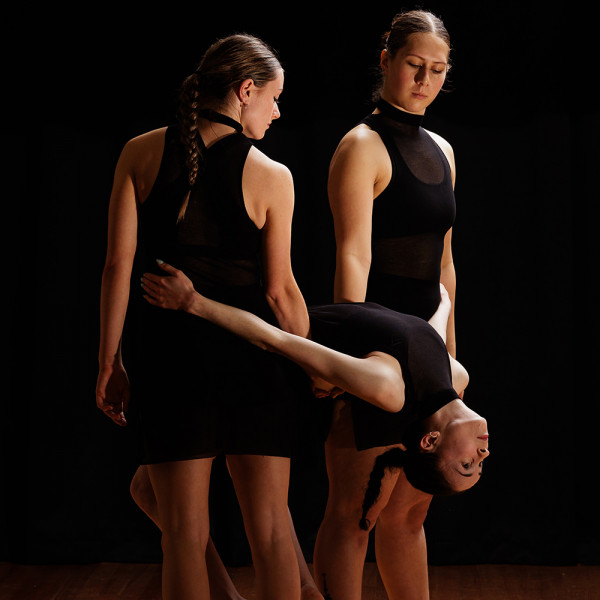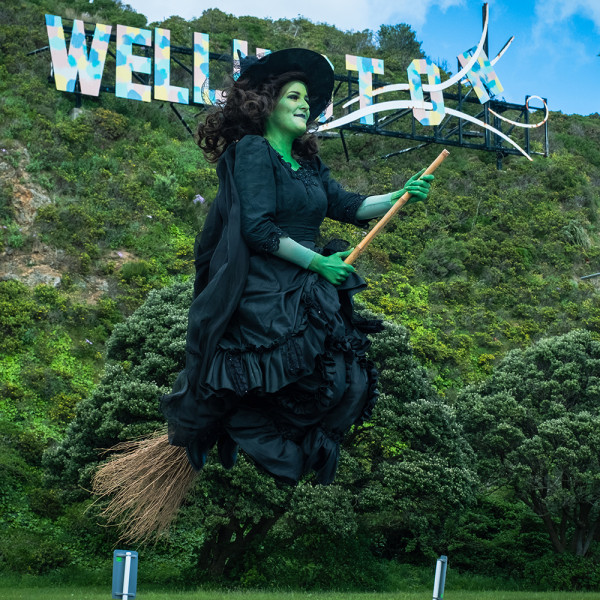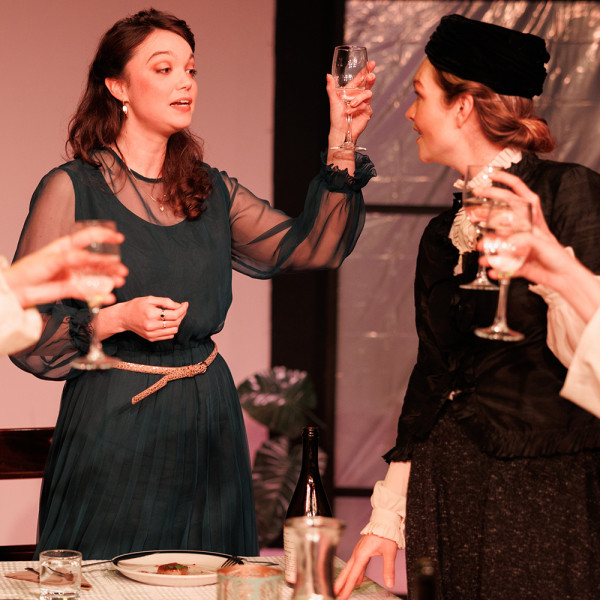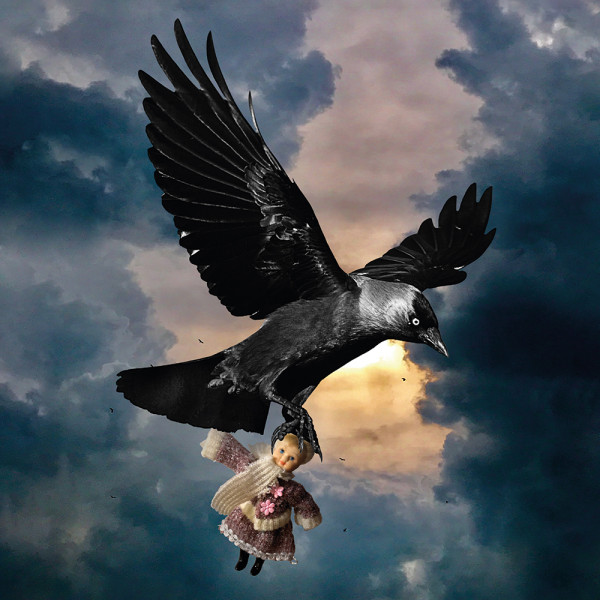
Mr Fungus Dreams
Created by: Fergus Aitken and Thom Monckton
Directed by: Thom Monckton and Amalia Calder
Circa Theatre, 23rd Sep 2023
Reviewed by: Jo Lucre
Mr Fungus Dreams has been a labour of love for co-creator and performer Fergus Aitken. When he first thought up the show’s theme of dreaming, he says it was about exploring our emotional wellbeing – our fears, our doubts, and ultimately, our resilience in the face of them.
In an almost full theatre, with an audience both young and old, Mr Fungus Dreams was a visual and comedic treat. “Theatre is a great medium and way to take people on a journey,” Aitken says. Here, the journey is a dream sequence that plays out the absurdity of where Mr Fungus’ dreams take him. Think cats, pirate ships, a funky fridge, and floating stars.
Possessing an innate talent for utilising a raft of facial expressions, Aitken expertly conveys subtle and not-so-subtle nuances to tell a story and make his audience laugh. The woman seated beside me was most definitely laughing, as was I. It was the sheep, and the tiny pyjama guy (you’ll know if you go) that did it. To see if he thought it was just as funny, a quick glance at my 10-year-old son found a face hard to read. It’s the anomaly of theatre: the humour appeals to some more than others, though there were many clearly delighted.
There were “wow”s from enamoured little people, especially around the impressive visuals and projections (lighting design by Marcus McShane, video design and production by Stephen Aitken). Great sound effects and puppetry (puppet design, production, and direction by Bridget and Roger Sanders) added to the magic. So too were the amateur sleuths of the audience whispering their theories of what was going on behind the scenes.
If you are looking to expose your kids (and yourself) to the joys of theatre and give them an appreciation for what collaborating as a team can create, then Mr Fungus Dreams is a great way to spend an hour these holidays.
In the parting words of Aitken (aka Mr Fungus), “we decided there needed to be more joy and silliness in this world”.
I quite agree.



